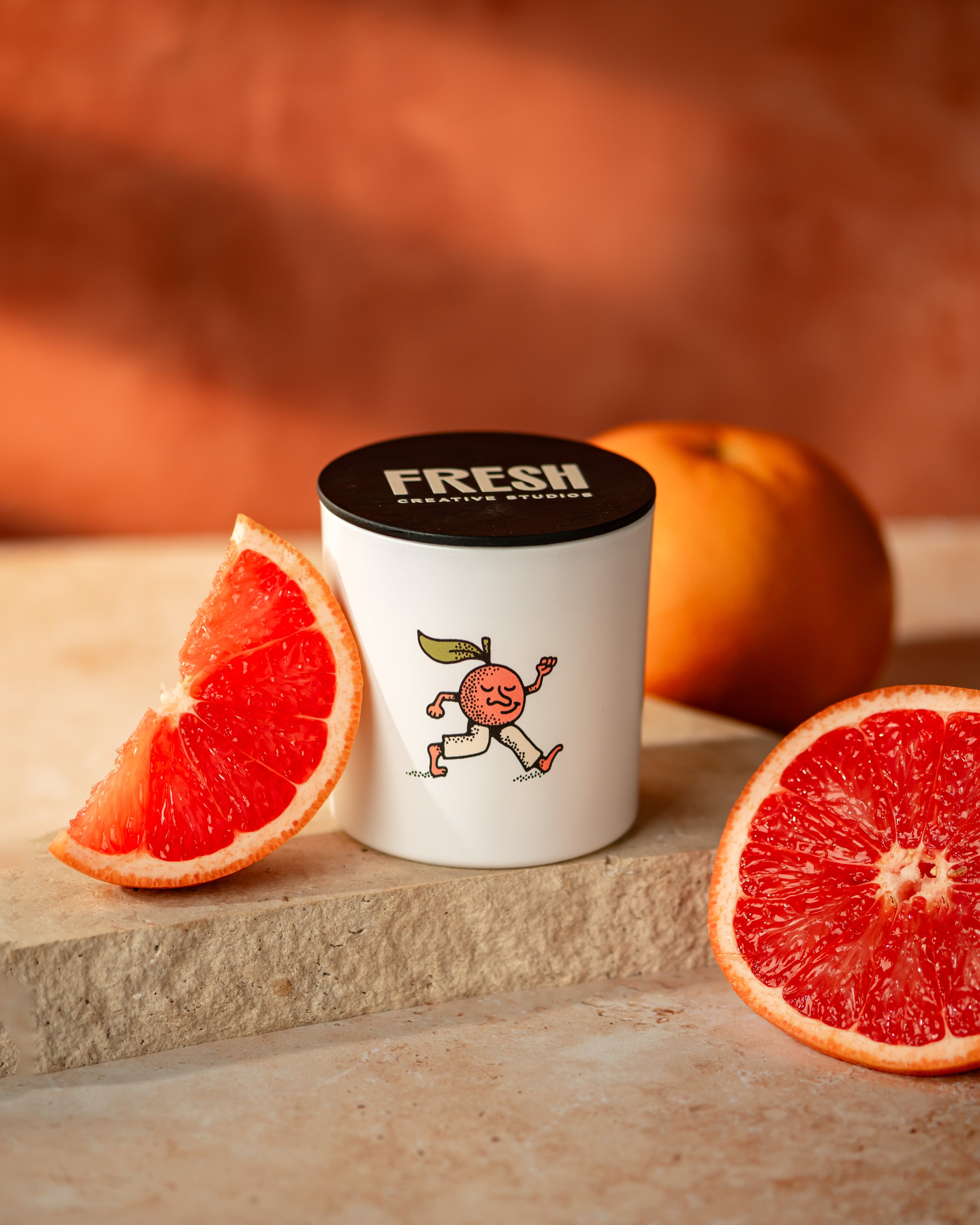Production Visual Glossary
Photography is one of the most powerful tools in branding and marketing, especially in the food, beverage, and hospitality industries. The way an image is captured can influence how a product is perceived, how appetizing a dish looks, and how engaging a brand feels.
At Fresh Creative Studios, we often educate our clients about the many variables that go into a successful photoshoot. From lighting to composition, aspect ratio to style, each choice impacts the final image. To help you navigate the terminology and understand what works best for your brand, we've put together this Visual Glossary—a quick reference guide to the most commonly used styles, formats, and techniques in photography.
LIGHTING
The Foundation of Photography
Lighting plays a crucial role in defining the mood and texture of an image. Different lighting techniques can dramatically alter the look and feel of a product or scene.
Soft Light
Creates gentle shadows and a natural, diffused look. Ideal for food photography, lifestyle shots, and anything that needs an inviting, organic feel.
Hard Light
Produces sharp shadows and high contrast. It can add drama and vibrancy to a shot, often used for bold product photography or artistic editorial images aimed at younger audiences.
COMPOSITION
Framing the Subject
How a subject is framed in an image can tell a story, highlight key details, and create visual interest. Here are some of the most commonly used angles in our work.
¾ Angle
A slightly tilted view that offers depth, dimension and clarity. Often used in food and product photography.
Hero
A dynamic, often dramatic composition shot lower than the product, making it the star of the image.
Overhead
Also known as the "flat lay," this bird’s-eye view is perfect for table spreads and aesthetically arranged dishes.
Eye Level
A straight-on angle that creates an intimate and relatable perspective, ideal for beverages and bottles.
Close-Up
A tight, immersive crop that focuses on intricate details, such as textures and ingredients.
Wide
Captures more background and context, making it ideal for hospitality settings, restaurant interiors, and lifestyle branding.
Aspect Ratio
Sizing for Different Platforms
Choosing the right aspect ratio ensures your images look their best across various digital and print formats.
1:1 (Square)
A classic format for social media, especially Instagram feeds.
9:16 (Vertical)
The preferred ratio for Instagram Stories, TikTok, and Reels, ideal for mobile viewing.
4:5 (Portrait)
A slightly taller format, great for print ads and Instagram posts while maximizing screen space.
16:9 (Horizontal)
Best suited for websites, video thumbnails, and presentations.
Style
In Situ
Captures the product in a staged but natural environment—think a steaming latte on a café table or a cocktail at a bar. This approach creates an authentic and inviting feel while still showcasing the product.
Lifestyle
Showcases the experience of enjoying the product, often with people in the frame, to create an aspirational or relatable mood.
Pack Shot
A clean, straightforward image of a product shot in a studio, often used for e-commerce, catalogs, and packaging.
White Sweep
A seamless white background that isolates the product, creating a crisp, distraction-free look often used in high-end retail and digital stores.
Stop Motion
A playful and engaging animation style that stitches multiple images together to create movement, perfect for social media and dynamic digital campaigns.
Photo shoots come in all shapes, sizes, and formats! These are just the basic building blocks of all the ways photography can tell your brand's story. If this got your gears going and you'd like to discuss further, give us a shout at production@freshcreativestudios.com!
























